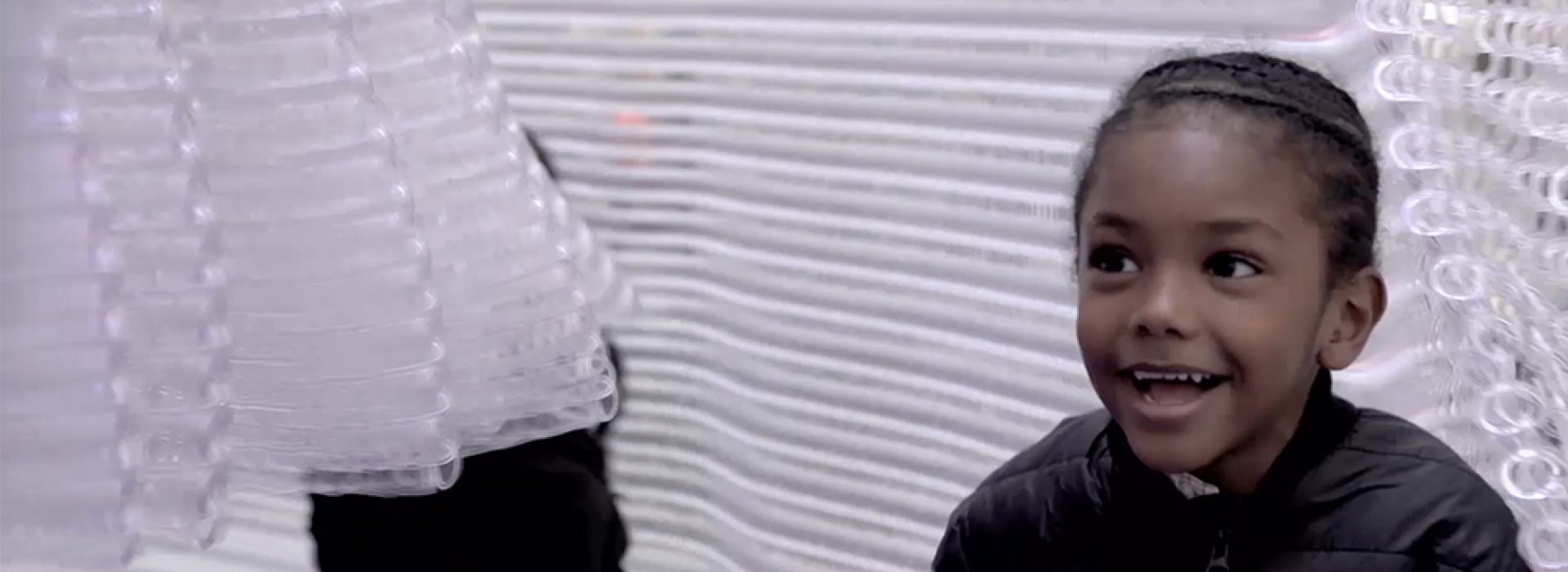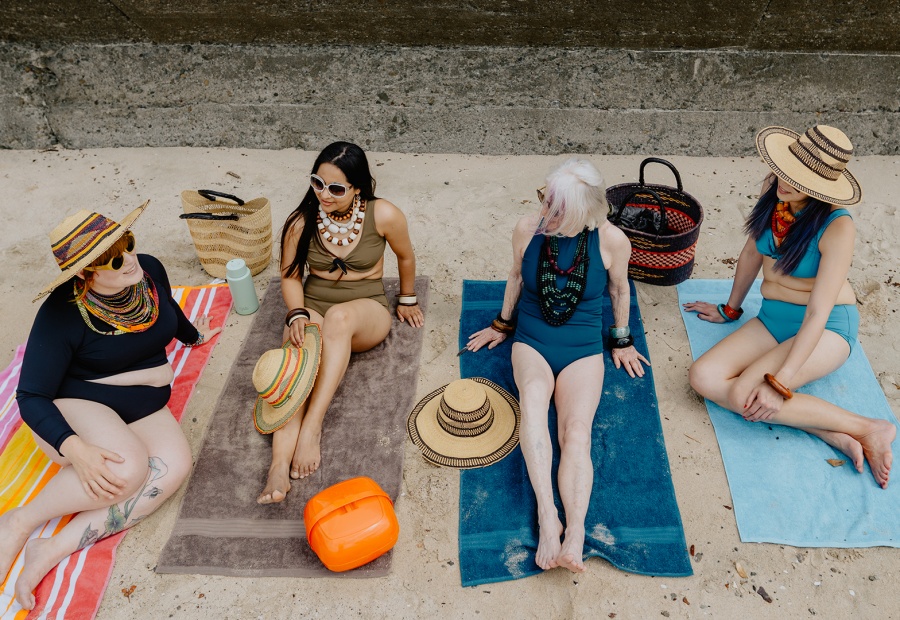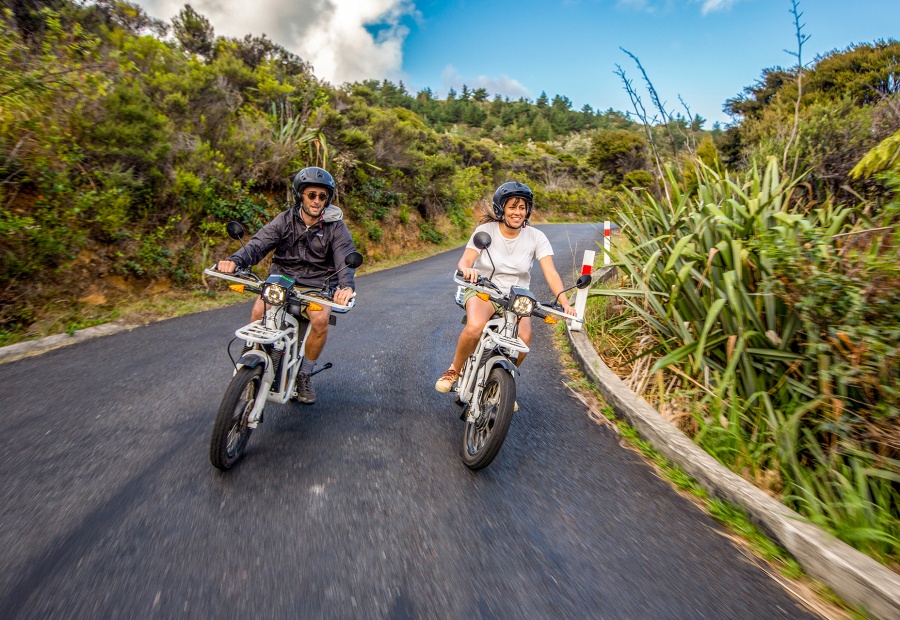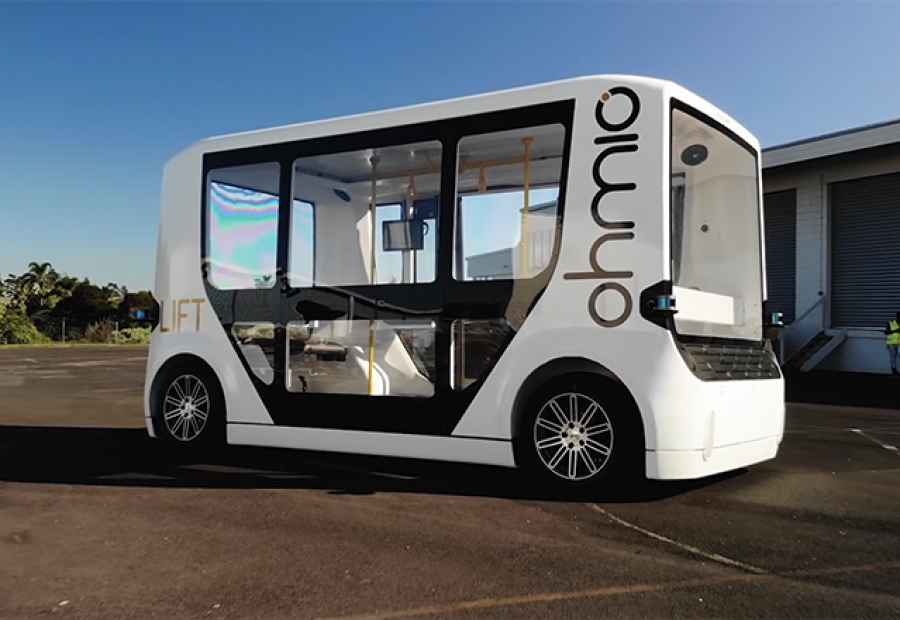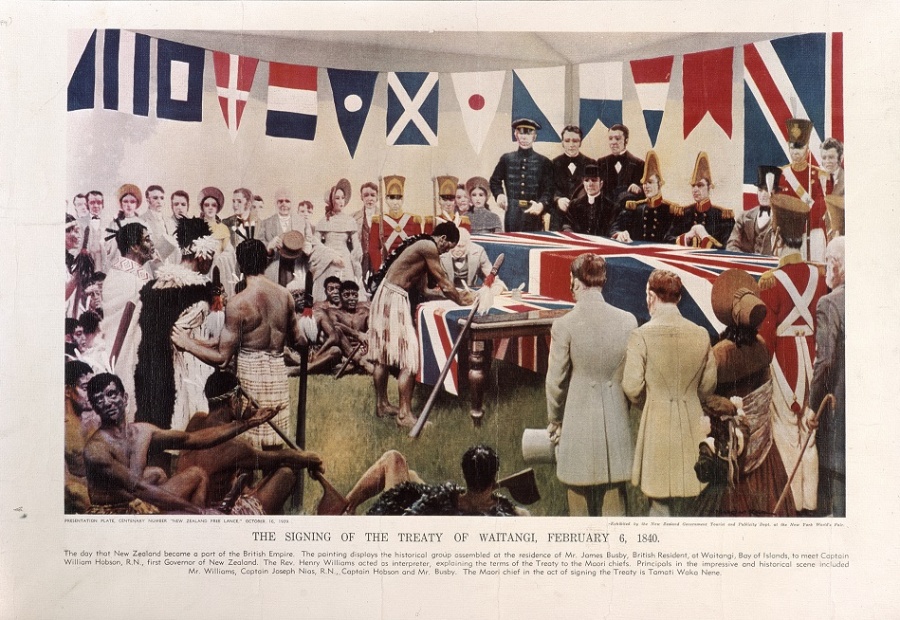Kiwi designers are turning natural materials into sustainable designs and turning waste into wonders. Here are four designs across lighting, architecture, toys, and furniture that don’t just look good, they also do good.
Kaynemaile – Modern day armour for buildings.
Kaynemaile’s architectural mesh is a patented, world-leading, and incredibly unique innovation. It’s a modern chain mail fabric consisting of polycarbonate interlinked rings formed seamlessly together.
Kaynemaile’s story began on the film set of The Lord of The Rings where Kayne Horsham worked as an artistic director for the Creatures, Armour and Weapons Department. He produced a polypropylene version of chain mail to cut down on weight, whilst still looking the part.
Long after The Lord of The Rings films had finished, and after a lot of trial and error, Horsham patented a liquid-state assembly process to produce the mesh — a world first. Kaynemaile’s unique manufacturing process means the company only produce what is needed, creating minimal waste. The mesh is fully recyclable, strong yet lightweight and durable.
The mesh has been used on internationally renowned buildings like the Columbus Convention Centre in Ohio, Detroit’s MGM Grand Casino, the Museum of Design Atlanta (MODA) and many more.
David Trubridge – Sustainable masterpieces.
David Trubridge Designer Lighting creates stunning sculptural luminaires, inspired by nature patterns and formations. David Trubridge is a recognised leader in environmentally responsible design. His creations have been featured in countless international publications and have seen him celebrated as one of the top 15 designers in the world.
Environmental responsibility lies at the heart of their day-to-day operations. All factory and studio waste are recycled, they rely 100 per cent on hydroelectricity, and all wood is left natural where appropriate, with natural non-toxic oils being used in place of harmful solvents. Trubidge’s products are flat packaged and ready for customers to assemble themselves, reducing the company’s carbon emissions from freighting. It’s a masterpiece in design, and a masterclass in sustainability.
Wishbone Bikes – the cycle made from recycling.
Wishbone make bikes for kids out of recycled bottles and carpet. They are lighter weight, last longer, and have lower carbon emissions than a steel bike.
The Wishbone Bike RE2 is a full-on challenge to the global toy industry to reduce landfill waste, and it is seriously sustainable. It has a zero-waste frame and wheels made with minimum additives for maximum recyclability. Instead of consuming virgin raw materials, Wishbone’s bicycle is made from PCR nylon and PCR polypropylene, sourced from recycled residential carpets (a world first). Each Wishbone Bike diverts at least the equivalent of 200 plastic bottles from landfill and saves 4.7 litres of oil. The bike can also be sent back when consumers are done with the toys for reprocessing into more bikes. It’s the world’s first kids bike made from post-consumer recycled materials, and a lot of good fun.
noho move™ Chair – giving ocean waste a seat at the table.
Noho’s revolutionary new chair moves more naturally with your body, and is made by upcycling harmful ocean waste. Noho partners with eco-innovators like Aquafil, whose ECONYL® regeneration process turns recovered fishing nets and end-of-use carpets into regenerated nylon that they use to create furniture.
Sustainable materials and renewable energy are used to make and package every product. And their chair toppers are made from sustainably sourced New Zealand wool. The production is powered with 82% renewable energy, and they further reduce carbon footprint with space-efficient packaging and sea-freighting by minimising CO2 emissions when transporting products to markets. Plus, all their packaging materials are 100% recyclable. Amazing design thinking, that also thinks about our world.
Looking for a place where sustainability is embedded in smart designs? We know a place.
